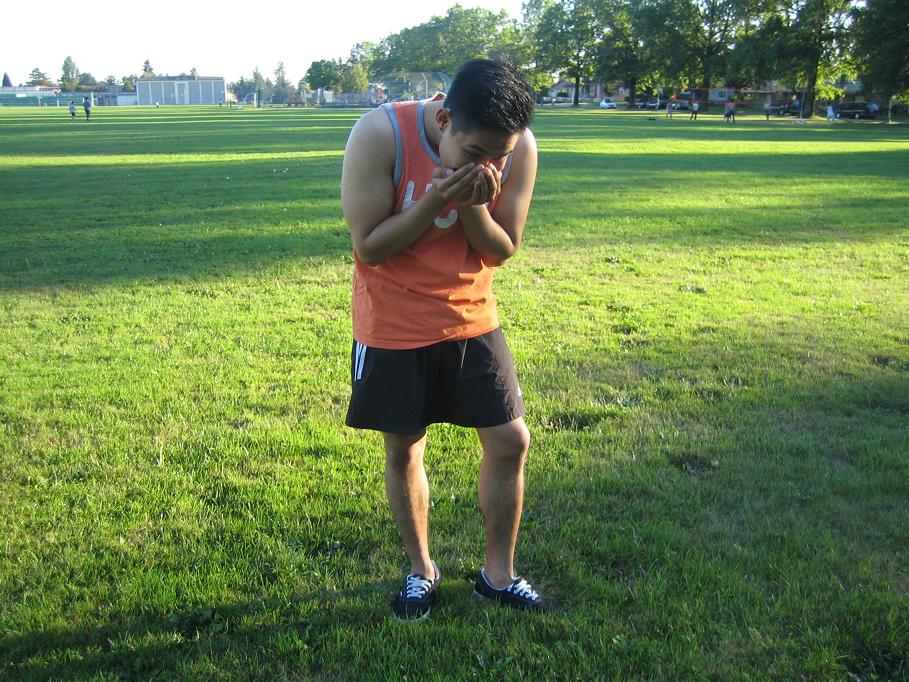Nasal vestibulitis is inflammation of the tissues found around the nasal vestibule near the opening of the nose. Generally, the condition is caused by the bacteria staphylococcus aureus and result to dermatitis in the nasal vestibule. Folliculitis that forms at the entrance of the nose can result to the formation of pimples at the root of the nasal hairs and cause the formation of crust around the nostrils.
There are two types of nasal vestibulitis – acute and chronic.
- Acute vestibulitis is characterized by tenderness, redness and swelling of the skin. There is also a thick liquid secretion at the opening of the nostril.
- Chronic vestibulitis is characterized by hardening of the skin tissue and formation of crust that causes itchiness upon drying.
Severe irritation and pain in the affected nostril or nose when the condition worsens.
If poorly treated, nasal vestibulitis can cause complications such as furuncles or boils and even facial cellulitis. The infection can spread to the brain through the veins and drain from the brain and result to cavernous sinus thrombosis which is a serious condition.
Causes of nasal vestibulitis
- Infections whether bacterial or viral causes the nasal tract to narrow which affects breathing through the nostrils.
- Reactions to dust, pollen and environmental factors such as toxins and chemicals.
- Eliminating toxins from the system through mucus secretion from the nose due to rejected food ingredients from the body due to illnesses.
Symptoms
- Redness over the nasal skin
- Severe irritation and pain in the affected nostril or nose when the condition worsens.
- Difficulty blowing the nose.
- Formation of a lump, boil or a pimple at the nasal entrance
- Warmth, redness and swelling of the affected area.
- Difficulty sleeping due to pain
- Swelling of the nose on the affected side of the face under the eyes
If there is swelling of the eyes, double vision and reduced vision, it requires immediate treatment.
Treatment
- Clean the dried and crusty mucus using a cotton swab soaked in hydrogen peroxide.
- Apply a cold compress on the affected area. Soak a clean face towel in a bowl filled with cold water. Squeeze out the excess water and place on the nose. Let it remain in the area until it becomes dry. Perform this procedure 3-4 times every day to lessen the inflammation and the pain.
- For mild cases, apply a warm compress on the affected area. Soak a face towel in hot water, wring out excess water and apply on the area for at least 15-20 minutes at a time at 3 times every day.
- Use the topical antibacterial ointment if the condition is due to bacteria. Apply directly on the nasal vestibule to lessen the symptoms. If viral in nature, use the prescribed topical steroid ointment on the area.
- Drink plenty of fluids every day especially water to flush out harmful toxins in the body and prevent dehydration.
FACT CHECK
https://en.wikipedia.org/wiki/Nasal_vestibulitis
https://www.healthline.com/health/nasal-vestibulitis


